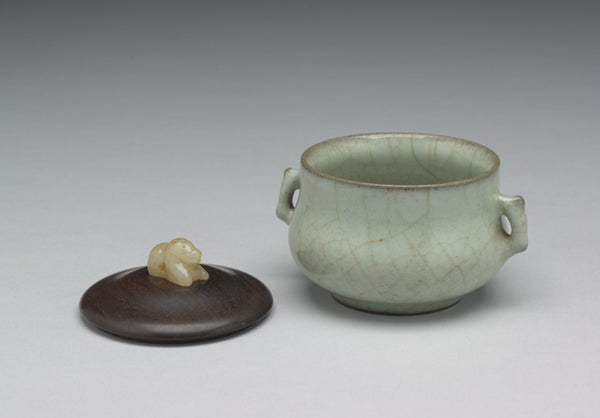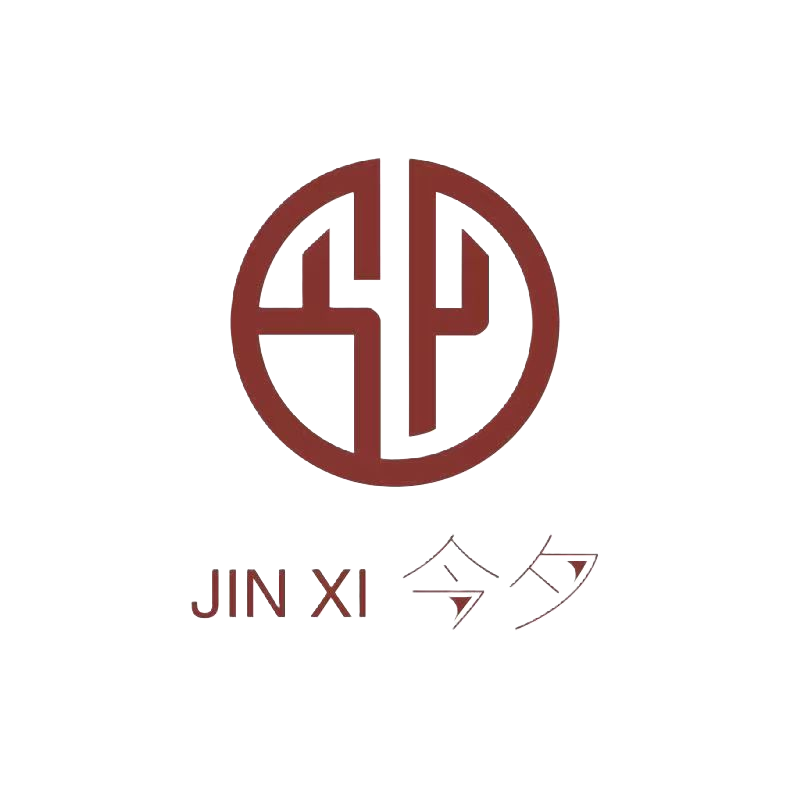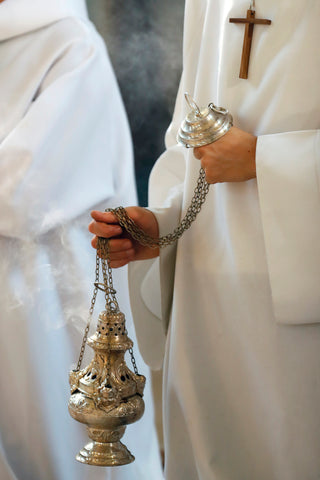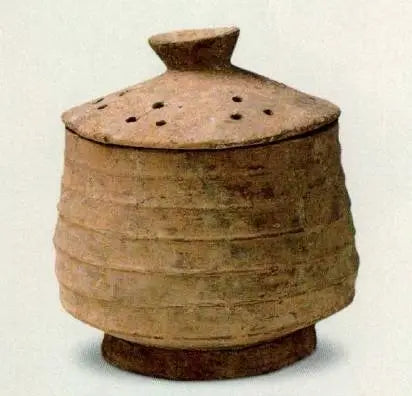Don't miss our holiday offer - up to 50% OFF!
The Golden Age of Chinese Incense: Song and Yuan Dynasties Explored
Explore the golden age of Chinese incense during the Song and Yuan dynasties, where fragrance shaped art, trade, and daily life. Discover its cultural renaissance!
Introduction: The Fragrant Legacy of the Song and Yuan Dynasties
The early Middle Ages saw the budding of Chinese incense culture, but the Song and Yuan dynasties marked its full bloom. During this period, incense became deeply woven into the fabric of Chinese society, influencing everything from art and poetry to trade and daily life. This article explores the fascinating role of incense during the Song (960-1279) and Yuan (1271-1368) dynasties, a time when its use reached unprecedented heights.
The Song Dynasty: A Cultural Renaissance
The Cultural Pinnacle of China
The Song dynasty is often regarded as the cultural zenith of Chinese history. While it may not have matched the Tang dynasty’s military might or imperial wealth, it was a time of unparalleled innovation and artistic achievement. Gunpowder, the compass, and printing were all invented during this era, and Chinese cities were among the most advanced in the world.
Art, literature, and poetry flourished, with many of the dynasty’s greatest artists and writers also serving as high-ranking officials. This was made possible by the imperial examination system, which rewarded knowledge and intellect.
Incense and the Literati: A Match Made in Heaven
For the Song dynasty’s literati, incense was more than a luxury—it was a way of life. Whether composing poetry, playing music, or contemplating nature, incense was always present. It even found its way into the ink they used, with ingredients like musk, camphor, and clove enhancing both its aroma and functionality.
The poet Huang Tingjian famously described his “incense addiction,” a sentiment shared by many of his contemporaries. Incense became a symbol of refinement and intellectualism, shaping the aesthetic sensibilities of the era.
Incense in Song Dynasty Poetry and Daily Life
Poetry: A Fragrant Muse
Incense permeated the poetry of the Song dynasty, serving as both inspiration and metaphor. Huang Tingjian’s verses often reflected how incense calmed his mind during moments of despair. Similarly, Su Shi’s poignant poem about his late wife used incense as a metaphor for his longing to preserve her memory.
Incense in Everyday Rituals
By the Song dynasty, incense had become accessible to a broader segment of society. Streets were lined with shops selling incense and related wares, as depicted in the famous Qingming Scroll. Women used incense-infused cosmetics and clothing, while restaurants employed “incense specialists” to cater to patrons’ aromatic preferences.
The Incense Trade: A Pillar of the Song Economy
A Global Commodity
The Song dynasty’s maritime trade routes brought incense from distant lands, making it one of the most valuable imports. Ports like Guangzhou, Yangzhou, and Quanzhou bustled with ships carrying sandalwood, aloeswood, frankincense, and other fragrant treasures. The discovery of a Song-era shipwreck in Quanzhou, laden with thousands of kilograms of incense, underscores its economic significance.
Innovations in Incense Use
Seal Incense and Stick Incense
The Song dynasty introduced new methods of enjoying incense, such as yin xiang (seal incense), where intricate patterns of incense powder were burned on an ash bed. This method, beloved by intellectuals, was both meditative and visually stunning.
The era also saw the rise of stick incense, which could be lit directly without the need for elaborate accessories. This innovation made incense more accessible and convenient, leading to its widespread adoption.
Incense Burners: Simplicity and Elegance
Song dynasty incense burners were a departure from the ornate designs of earlier periods. Characterized by simple geometric shapes and celadon glazes, they reflected the era’s understated aesthetic. These affordable, mass-produced burners brought incense into countless homes.
The Yuan Dynasty: A Continuation of Tradition
Mongol Rule and Chinese Culture
The Yuan dynasty, though short-lived, continued many Song traditions, including the use of incense. While the Mongols relegated the literati to private life, this shift allowed artists to focus on their craft, resulting in a flourishing of creative expression.
Conclusion: The Enduring Legacy of Chinese Incense
The Song and Yuan dynasties were a golden age for Chinese incense, shaping its role in art, culture, and daily life. From the poetic musings of literati to the bustling incense trade, this period left an indelible mark on history.
Ready to explore the world of incense? Dive deeper into its rich history and discover how it can enhance your life today.

Image Reference: A Song dynasty painting depicting intellectuals enjoying incense and music, showcasing the era’s cultural sophistication.
Internal Links:
– The Evolution of Chinese Incense: From Ancient Rituals to Modern Practices
– The Art of Seal Incense: A Step-by-Step Guide



